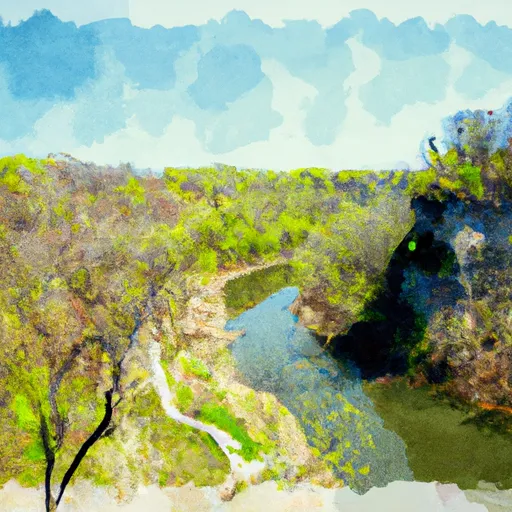°F
°F
mph
Windspeed
%
Humidity











Magee is a small city located in Simpson County, Mississippi. It experiences a humid subtropical climate characterized by hot and humid summers and mild winters. Summers are typically long, with temperatures ranging from the mid-80s to mid-90s Fahrenheit. Winters are relatively short and mild, with temperatures ranging from the 40s to the 60s Fahrenheit.
Magee is situated in an area with abundant freshwater resources, thanks to its proximity to the Strong River. The river serves as a vital hydrological constituent, supporting the local ecosystem and providing recreational opportunities such as fishing and boating. Anglers can enjoy catching a variety of fish species including bass, catfish, and sunfish.
Outdoor recreation is popular in Magee, with several parks and natural areas available for visitors to enjoy. The Simpson County Country Club offers a golf course, perfect for golf enthusiasts. The Roosevelt State Park, located nearby, offers opportunities for camping, hiking, picnicking, and wildlife observation. The park's Lake Roosevelt provides additional water-based activities like swimming and boating. Whether you're looking for a leisurely walk, a round of golf, or a day of fishing, Magee offers a variety of outdoor recreation options to suit different interests.
Weather Forecast
Magee receives approximately 1488mm of rain per year, with humidity levels near 90% and air temperatures averaging around 18°C. Magee has a plant hardyness factor of 8, meaning plants and agriculture in this region tend to thrive here all year round.
Regional Streamflow Levels
346
Cubic Feet Per Second
1,390
Cubic Feet Per Second
164
Cubic Feet Per Second
556
Cubic Feet Per Second
Nearby Camping
| Camping Area | Reservations | Toilets | Showers |
|---|---|---|---|
| Simpson County Lake | |||
| Walkiah Bluff Water Park | |||
| Lake Mike Conner | |||
| Dry Creek Water Park | |||
| St. Bernard State Park | |||
| Lake Ross Barnett |



